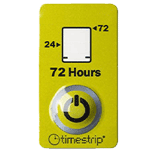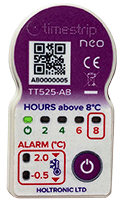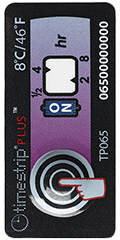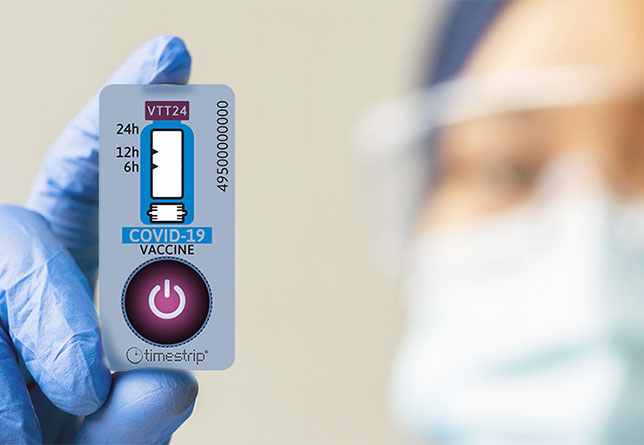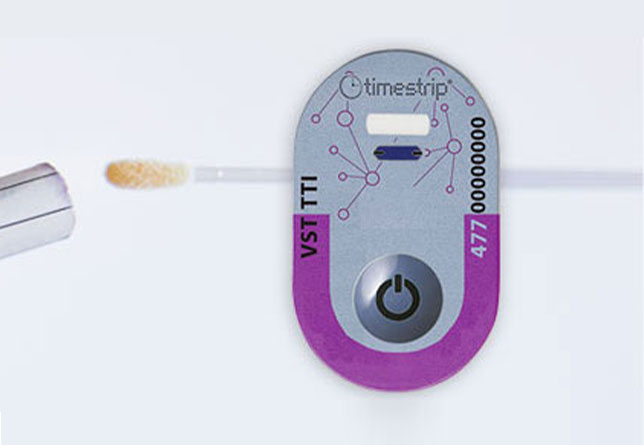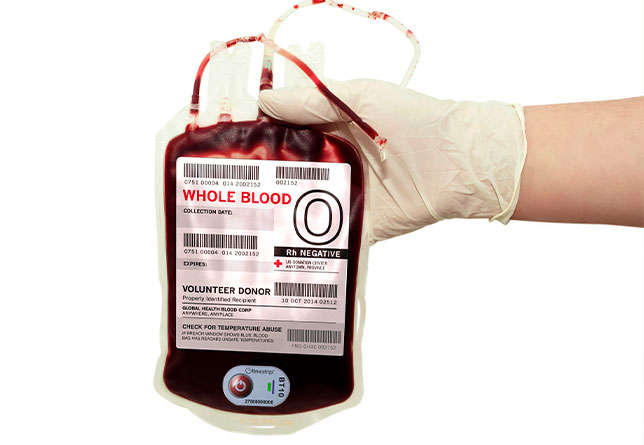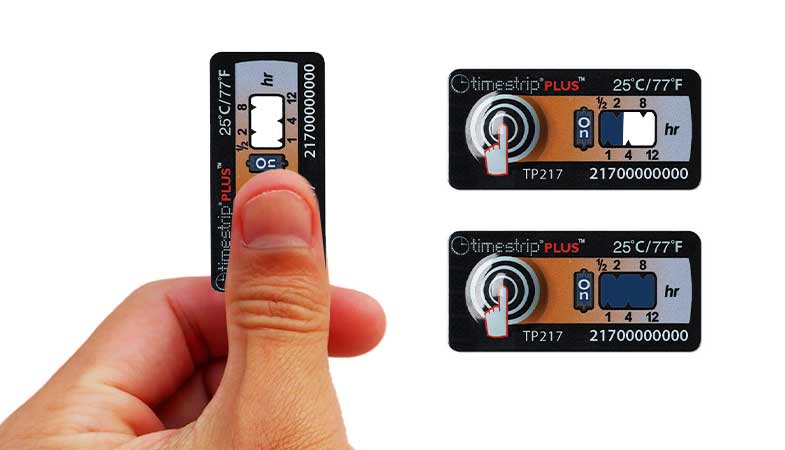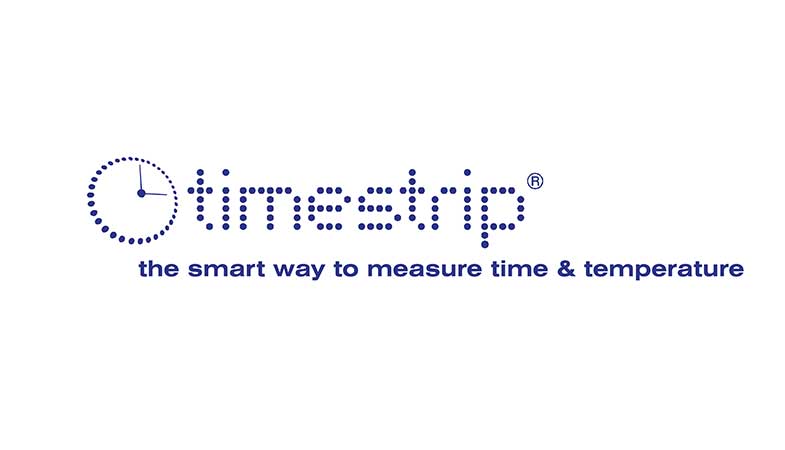
21st century blood temperature monitoring - Part 2
Interview with Reuben Isbitsky, founder of Timestrip UK Limited, which has just received FDA clearance for its 10°C Non-reversible Blood Transit Temperature Indicator.
Beyond its primary use as a temperature monitoring device, what from the user’s point of view are the key advantages for users of Timestrip 10°C nonreversible temperature indicators for blood products over other temperature monitoring products?
First and foremost, ease of use. Unlike other temperature monitoring devices, Timestrip 10°C irreversible blood temperature indicator can be stored at ambient temperature. It doesn’t need to be stored in a refrigerator and also doesn’t need to be refrigerated for at least 24 hours prior to use.
Moreover, until the button on the Timestrip 10°C is pressed, the device remains totally inactive. There is no risk of accidental activation because of the heat generated by warm fingers. All parts of Timestrip 10°C can be handled by warm hands without this leading to accidental activation. This naturally translates into significant cost savings over extremely sensitive temperature monitoring devices that need to be discarded when accidentally activated.
Ease to use temperature indicators
With Timestrip 10°C, there’s no complicated four-minute instructional video with many caveats. All you need to do is take the blood bag out of the cooler, put it down, take the Timestrip, peel off its protective under-layer, press the activation button and stick it on the blood bag. That’s it.
We’ve also built into Timestrip 10°C a fail-safe activation indicator that tells the user that the Timestrip is ready to use and working. This is unique in the market. No other indicator has this feature.
Lastly, we put huge emphasis on ease of readability. With Timestrip 10°C, if there’s a temperature breach, the indicator will turn from white to blue. Thus, if the indicator on the Timestrip has any hints of blue in it, the user knows for a fact that there’s been a temperature breach.
We don’t want there to be any confusion caused by problems of refracted colours from misleadingly coloured components of temperature monitoring devices indicating that a temperature breach has occurred, when in fact none has. This only leads to uncertainty, which at best means more costs to users because of unnecessarily discarded, but otherwise properly functioning monitoring equipment, and at worst viable blood is unnecessarily discarded.
Blood is an extremely precious commodity and no one wants to be using an unreliable temperature monitoring device that leads to throwing away good blood. As one of our users in Europe says: “Blood is life.”

